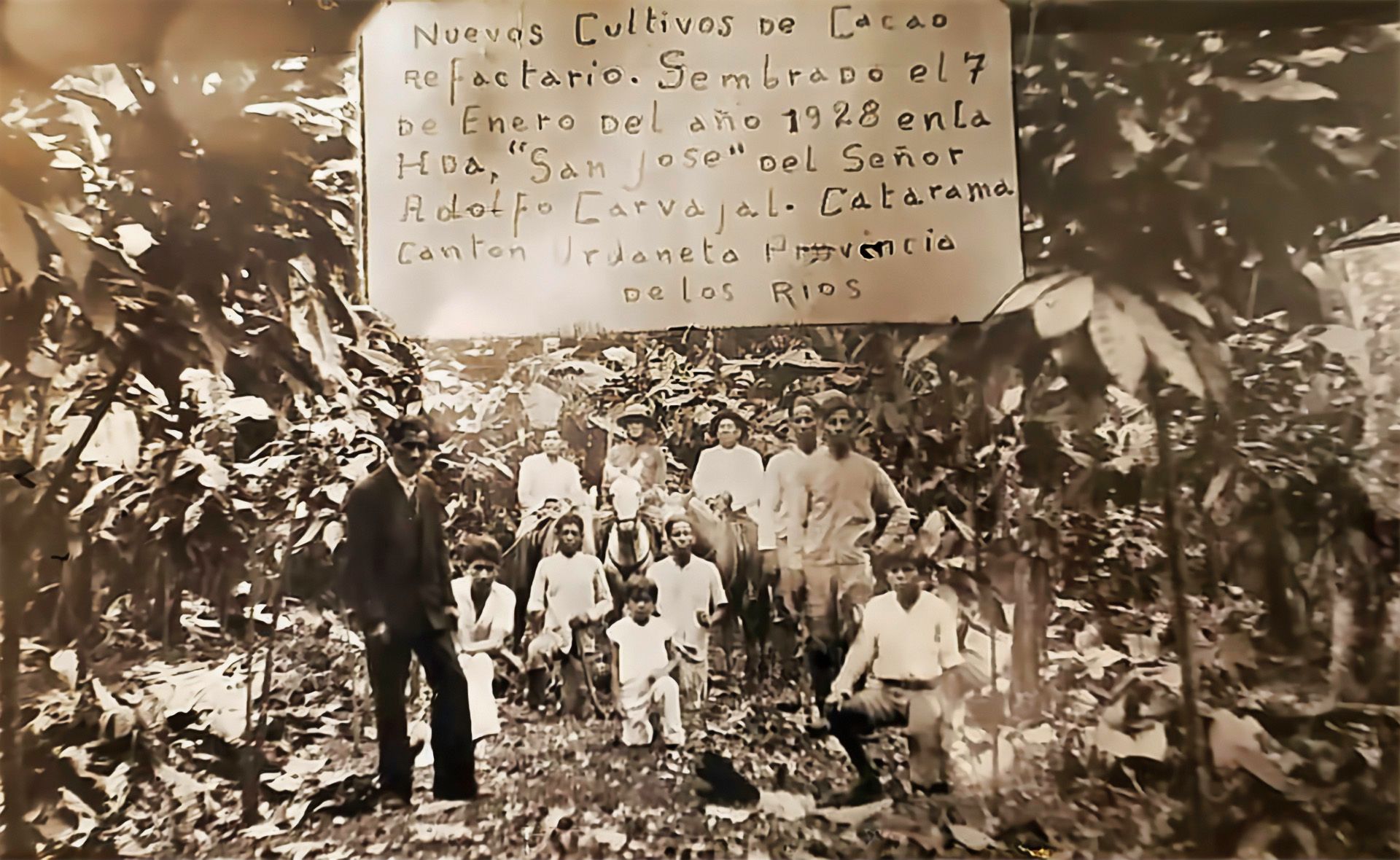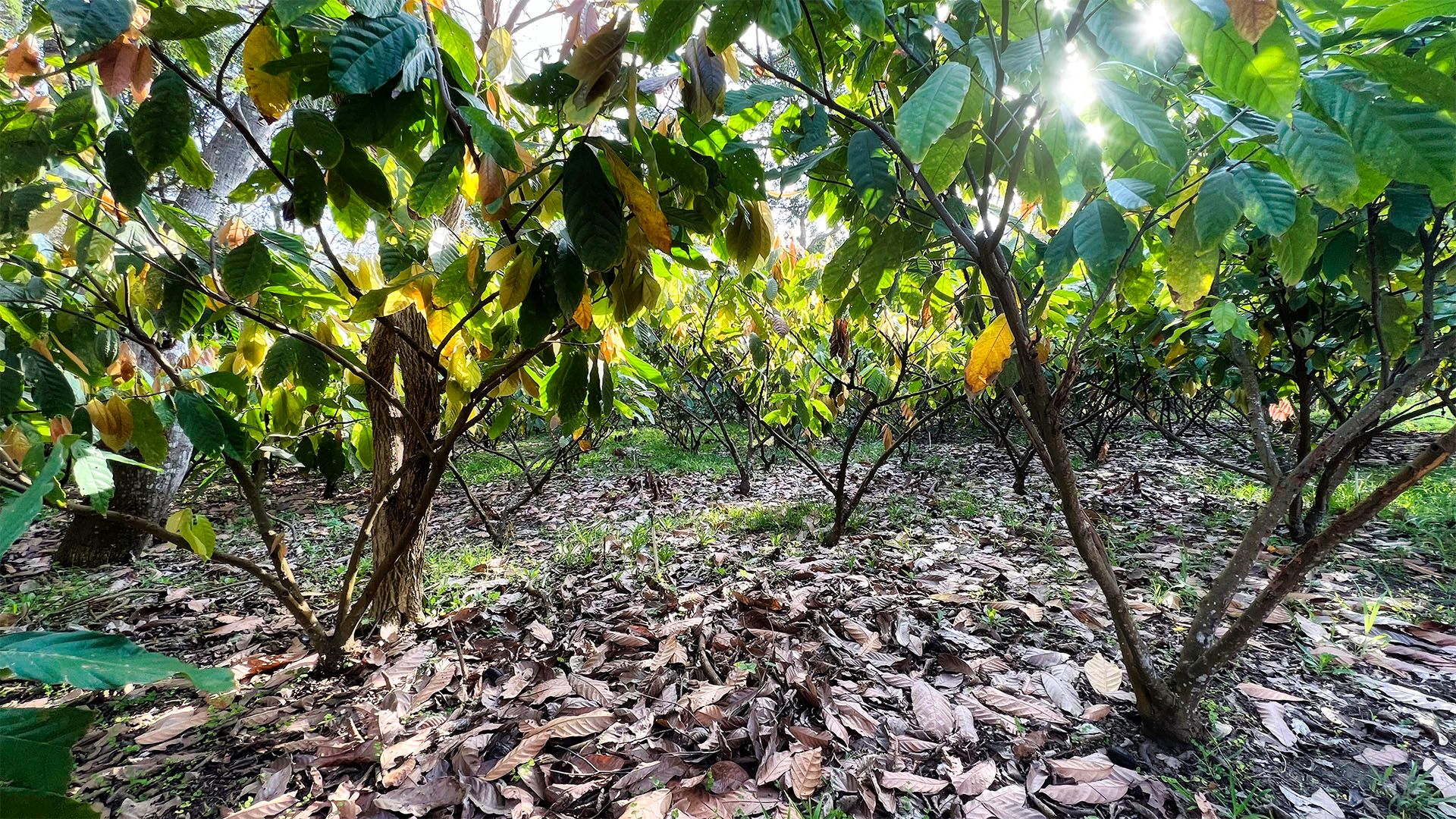My LinkedIn profile
TheChocolateLife page on Facebook (live event)
TheChocolateWire Channel on YouTube
When most people think about Ecuador and cacao two things come to mind: Arriba Nacional and CCN-51.
Not surprisingly, there is a lot more to know about cocoa from Ecuador, including the fact that the oldest recorded use and domestication of cacao can be traced to the Santa Ana – La Florida people near Palanda in the modern-day Ecuadorian province of Zamora Chinchipe.
I have visited Ecuador three times. The first trips were University of Chocolate trips organized by Pierrick Chouard. Those were in 2003 and 2005. On both trips I visited Quito and Guayaquil with adventures in Napo Province (2003) and Pastaza Province (2005) near the border of Morona Santiago Province and the Ecuadorian border with Peru.
My most recent visit to Ecuador was in 2022. I spent about a week in Puerto Quito in Pichincha Province before heading down to Guayaquil in Guayas Province for another week.
The family of today’s guest, Leila Carvajal, has been involved in cocoa farming since the time of Gran Cacao and the Pepe de Oro over a century ago.

For more than fifty years the Carvajal family’s CAFIESA (Cacaos Finos Ecuatoriana S.A.) factory in the Duran suburb of Guayaquil has been involved in manufacturing chocolate and semi-finished products (nibs, liquor, butter, and powder) for well-known global chocolate brands.
In a live stream from last November (click on the card below) I discussed in depth how Cocoa Supply has reimagined its business to meet changing market demands and how the decisions made led to building a smaller (but still with a 100MT/month capacity), more flexible, facility with lower startup overhead and a significant reduction of fossil fuel consumption that is capable of offering much lower MOQs.
I am not going to rehash the above discussion (which I made solo) in this episode, instead, with Leila as our guide, we are going to focus on the history, the present, and the future of Ecuadorian cacao, complete with Leila’s take on the situation regarding exploiting Amazonian cocoa in modern-day Zamora Chinchipe Province.
As always, we invite your comments and questions live!
Updates : Maps
Cocoa Supply Links
Hashtags
#arriba #nacional #arribanacional #ccn51
#ecuador #grancacao #pepedeoro
#chocolate #craftchocolate #cacao #cocoa #cacau
#TheChocolateLife #LaVidaCocoa
Leave them in the comments. Not a member? You must be a member to comment. Click the Join button to become a Free or Premium member.

